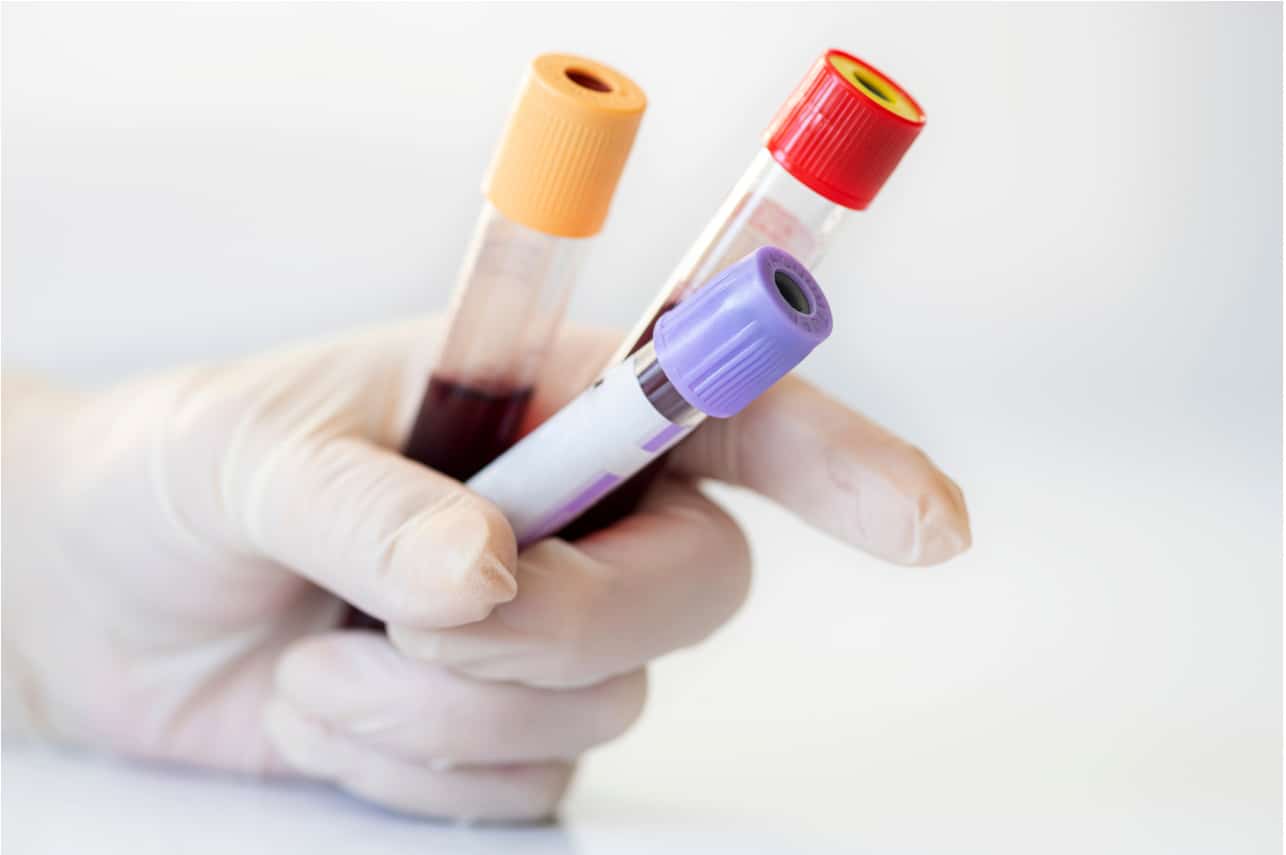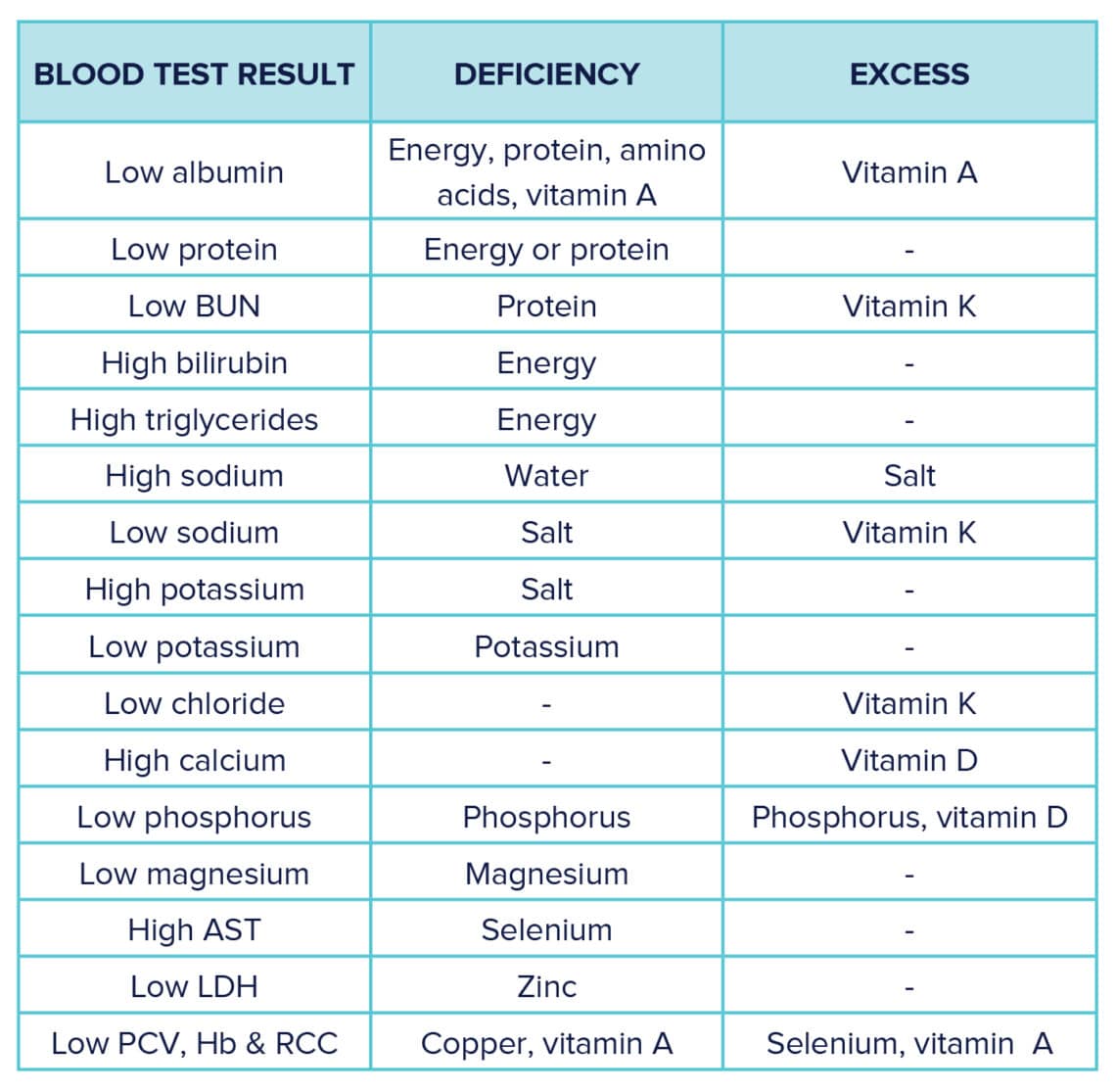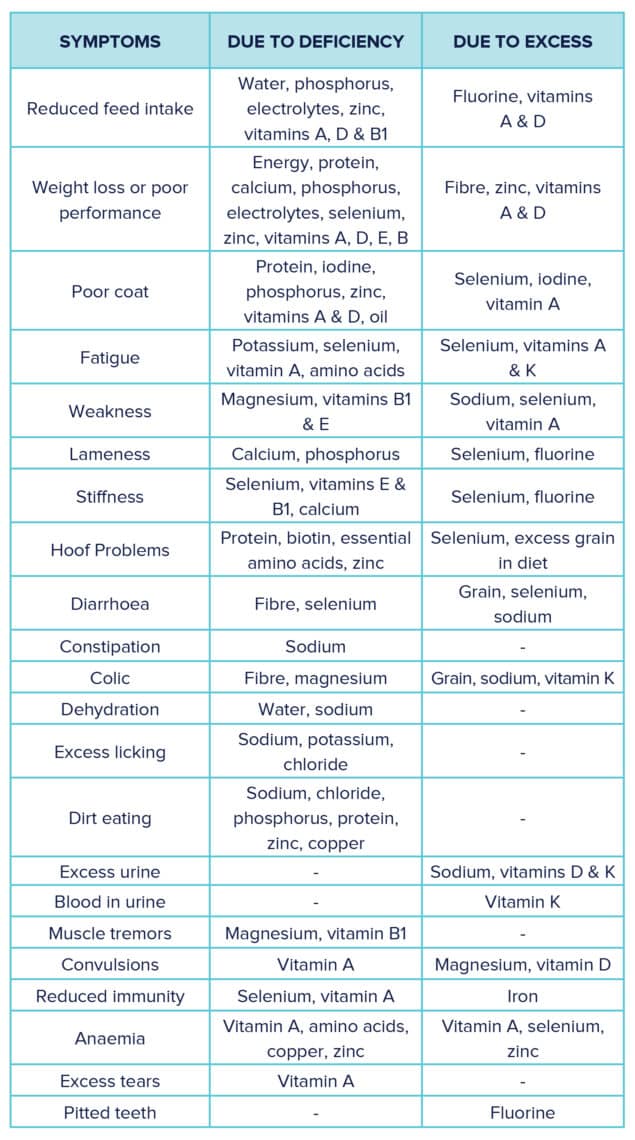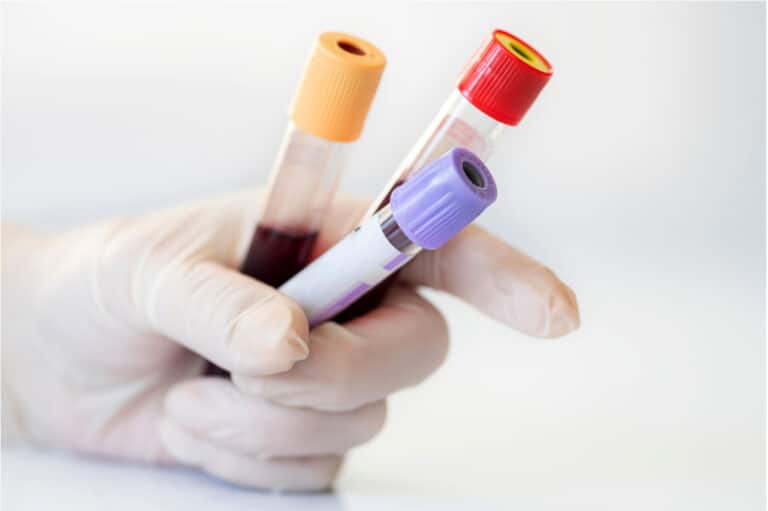
The dynamic between diet and blood
Does diet affect blood test results? Sometimes! DR JENNIFER STEWART takes an in depth look at this interesting relationship.
Blood is the basic internal transport system for oxygen from the air and nutrients from the diet. The role of blood is to deliver nutrients to the tissues and once in the body, each nutrient has multiple roles.
Because the body tightly regulates levels of nutrients in the blood, a blood test doesn’t necessarily reflect the total amount of a nutrient in the whole body, which may make finding simple relationships between blood test results and diet difficult. Deficiencies of protein, sodium, potassium, magnesium, phosphorus, copper, manganese, selenium, zinc and vitamins A, B1 and E can cause a decrease in their concentration in the blood. However, imbalances may be present without any changes in blood levels, and for many nutrients, an excess or a deficiency has to be quite prolonged before it is reflected in the blood.

The major electrolytes (sodium, potassium, chloride, calcium and magnesium) are involved in many processes, including those such as the regulation of breathing, heart rate, blood pressure, nerve transmission, muscle contraction and digestion. Because they are essential for life itself, blood levels are precisely controlled.
Other minerals and trace elements are high in specific tissues where they are stored or have major roles. Calcium and phosphorus are highest in bone; potassium in the brain, muscle and red blood cells; magnesium in muscle and bone; copper in the liver and kidneys; and manganese and zinc in the liver.
Most nutrients are present in every tissue. The relationships between them and their various functions are complex and an excess or deficiency can affect several body systems and hence produce several symptoms (Tables 1 & 2). So, what are the odds of a blood test being useful for detecting imbalances in your horse’s diet? It depends on the nutrient! Blood can be tested for many different substances and there are a number of reasons your horse may have a blood sample taken: illness, monitoring response to treatment, and general health or fitness checks.
Blood tests & dietary imbalances
Can a blood test indicate dietary imbalance? The answer here depends on the mineral, hydration, time of day, time of feeding, diet, exercise and general health can all affect blood levels. With some minerals and electrolytes, a horse can have a normal blood level but be severely deficient or be excessively over-supplemented. The level of selenium is a good measure of extremes of intake, but measurement of the selenium-containing enzyme glutathione peroxidase is more accurate; blood magnesium is a good measure of nutritional status; while blood iron levels are not indicative of whole body status. Copper and zinc are also a little complicated because blood levels can be in the normal range even when the diet is excessive, and very low or very high levels can occur for reasons other than diet. In addition, high zinc intake can damage the gut biome without affecting the blood test.
Anaemia
The belief that anaemia is common in horses is widespread. A diagnosis of anaemia is based on blood tests, and low red cell parameters are often attributed to iron deficiency. But although a dietary iron-deficiency anaemia occurs in humans, it has not been reported in horses. Anaemia is not diagnostic of an iron deficiency because there are many other, more likely causes of anaemia in horses. Nutrient deficiencies in horses that can result in anaemia include vitamins E, B6, B12, folic acid, copper and niacin. Diet is just one factor in the multi-step system of red cell production, which is also influenced by breed, sex, temperament, training and diseases.

Biochemical tests
Hundreds of tests can be performed on a blood sample, ranging from a simple count of red blood cells to a biochemical analysis of hormone and enzyme levels. These substances are used to assess specific organs, diseases, clinical conditions (such as insulin-resistance and PPID), or metabolic pathways and processes – but because they can come from more than one tissue, the results must be interpreted carefully.
Muscle and liver enzymes are synthesised from dietary nutrients. Because of this, diet indirectly affects muscle function, and elevated levels of the enzyme SGOT can be due to imbalances in B vitamins, calcium, essential amino acids, magnesium, potassium, vitamin E and selenium deficiencies. There are many varied reasons for elevated GGT, another enzyme, including insufficient dietary selenium, zinc and vitamins E and C, all of which result in oxidant damage and reduced immune function – which can cause changes in blood electrolyte, protein and white blood cell levels.
Because of the complex relationships between nutrients, hormones and blood levels, stress can lead to high sodium and low potassium – both may appear in the normal range on a blood test, but the pattern of upper range sodium combined with lower range potassium is characteristic of stress, cortisol and hormone changes – not to dietary intake. Selenium deficiency can be involved in thyroid problems, because selenium is required to convert thyroid hormones into active forms.
How about food allergies?
Some dietary nutrients can cause an allergic reaction – usually seen as lumps on the skin or gut problems. Allergies to oats and bran have been reported to cause widespread hives on the head, neck, shoulder, ribs and flanks; and to corn, spectacular hives within 15 minutes. Blood tests that measure the immune response to a feedstuff (IgE) are available. It’s important to be aware that horses cannot be allergic to a food to which they have never been exposed. They need to actually be on the feedstuff when they show symptoms. If neither of these apply when you have the test done, the results are likely to be unreliable. A recent study in which 17 healthy ponies were tested three times, found ten tested positive to one or more food allergies in the first test, only three re-tested positive on the second test, and only one tested positive twice for the same allergy.
Dietary mineral and vitamin imbalances may occur individually or in various combinations. Symptoms of diet imbalances can affect several body systems and may lead to poor growth and development; muscle and bone conditions; abortion and retained placenta; foetal abnormalities; reduced immunity and increased susceptibility to disease; infertility; and poor skin, hair and hoof quality.
Diet evaluation
Evaluation of the diet is the easiest and best way to diagnose and correct many nutrient imbalances. Reliance on blood tests can be misleading and subject to errors. Using the results of a single blood test in the absence of a full history and comprehensive veterinary clinical examination is unlikely to shed much light on whether the diet or feed is contributing to any clinical or performance problems. The best protection against deficiencies is a diet analysis that goes beyond minimum recommended intakes and standard feeding guides. Mathematical calculations and generic spreadsheets don’t reflect the complexity of requirements for a wide range of veterinary clinical conditions.
Dr Jennifer Stewart BVSc BSc PhD is an equine veterinarian, CEO of Jenquine and a consultant nutritionist in Equine Clinical Nutrition.
All content provided in this article is for general use and information only and does not constitute advice or a veterinary opinion. It is not intended as specific medical advice or opinion and should not be relied on in place of consultation with your equine veterinarian.



